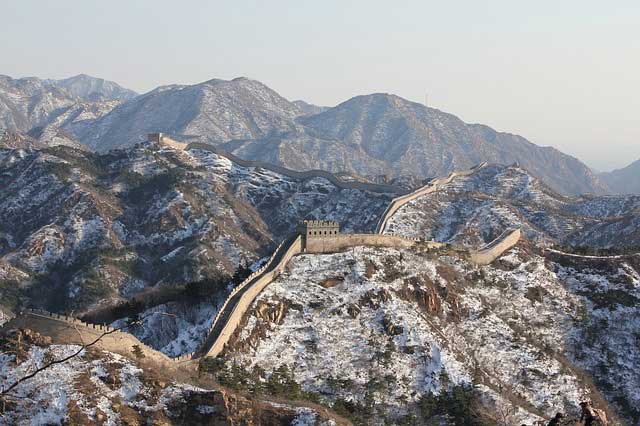
The American election provided the world a sudden shake-up. And, as the dust settles, the fortitude of recently established global alliances and newly laid foundations for economic opportunities are emerging.
Take China, for example.
The country is not known for having an open, easily accessible market. State-owned companies are traditionally protectionist, and foreign businesses in China are routinely up against restrictive government policies that prevent market access.
However, in this new global reality, China has been making bold moves to modify domestic policies. The country has been ushering in a new era of market accessibility while strengthening ties with developing countries around the world. Simultaneously, global issues like climate change are in need of leaders whose priorities are focused on solutions. Taken together, opportunities abound for China, so long as the country continues to embrace, and invest in, change.
Straddling the line
China is in a unique position, straddling the line between developed and developing countries. Membership in BRICS, for example, demonstrates mutually advantageous ties with Brazil, Russia, India and South Africa. Namely, that the countries have entered an arena with common goals like technological innovation, financial integration, tariff reductions and an easier exchange of people and ideas.
BRICS, now entering its second decade, shows how new alliances are unbound by old or outdated approaches to information and investment, and that innovation is the proverbial dangling carrot. The New Development Bank, established by BRICS, approved loans worth US$1.5 bn last year. The money mainly went to finance clean energy and infrastructure developments in BRICS member countries.
China knows that it is an important partnership in which to invest. The BRICS’ share of the world economy grew from 8.2% in 2002 to 22.2% in 2015. The countries’ allegiances show that moving forward together will create mutually beneficial economic opportunities. This leaves little room for outdated bickering and stable economic policy.
What’s old is new again
China isn’t stopping there. The country continues to open up new trade routes and partnerships around the world. Another example taking place is reestablishing the 2,000 year old Silk Road route connecting Beijing and London.
Trains replace horses and the 18-day journey makes many stops along the way. The route traverses through Kazakhstan, Russia, Belarus, Poland, Germany, Belgium, France before terminating in the UK.
The passage deepens China’s commercial connections to these countries while providing opportunities for an increasingly important part of the world. Diversifying from quick, expensive air and affordable, slow ocean cargo options mean more opportunity for non-time-sensitive exports, while countries like Kazakhstan can take advantage of the access.
And let’s not forget about Africa. China has established the China-Africa Development (CAD) Fund in order to invest in infrastructure projects across the continent. As of 2016, the CAD, managed by China Development Bank, has invested US$4bn in 88 projects across 37 African countries.
The aim of the CAD is diversification. Ventures have ranged across a variety of industries like infrastructure, manufacturing, energy and mineral resources. Economic growth has long been slow in the region, but the more roads paved, the more connected African countries are to each other and the global market, the sooner it will accelerate. And China is well positioned to share in future prosperity.
The new way forward
China seems committed to loosening its protectionist agenda. Isolation is no longer the best way forward, and China is recognizing this with new relationships that build upon the potential of ready-to-emerge markets. The country is also ushering a more relaxed approach for consumers at home, with ecommerce sectors enjoying fewer cross-border restrictions, making it easier to meet China’s demand for hard to source items, such as live lobster.
When Chinese President Xi Jinping attended the World Economic Forum earlier this year, his focus was on global partnerships, especially in the face of climate change. That China is emerging a leader on that issue, while the US’ authority is receding, demonstrates just how quickly shifts can happen. Especially when countries are focused on the future and not the past.
What’s clear in these uncertain times is that countries cannot survive, or at least thrive, on their own. And with the distractions and uncertainty that dominate the American landscape, countries like China are uninterested in getting involved. Instead, they are demonstrably moving on, quite possibly relieved for the breathing room. The burden of American hegemony is loosening as the country is caught up in its own unraveling while other countries are moving quickly to reposition.
China will no doubt keep a very close eye on the U.S. But with developing countries taking giant leaps forward in education and innovation, investment opportunities abound. China is simultaneously reconfiguring its own traditionally protectionist market while emerging as a leader and friend to countries ready to make gains in the global economy.
Continue to read: Top China Provinces/Municipalities by GDP in 2016